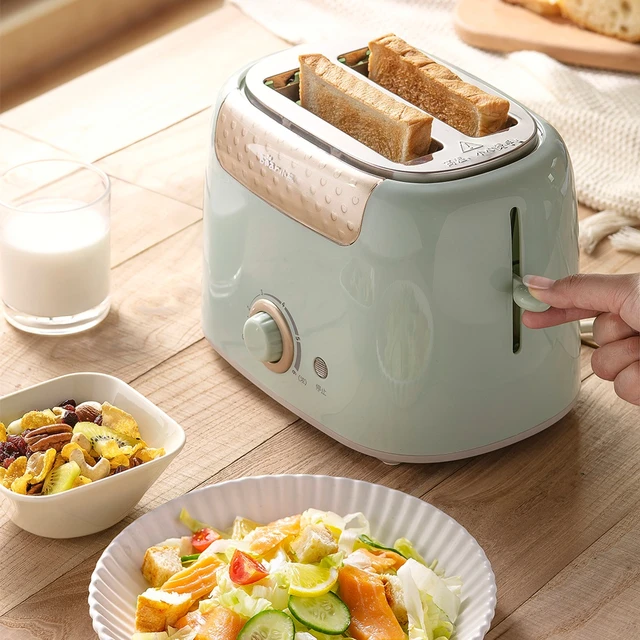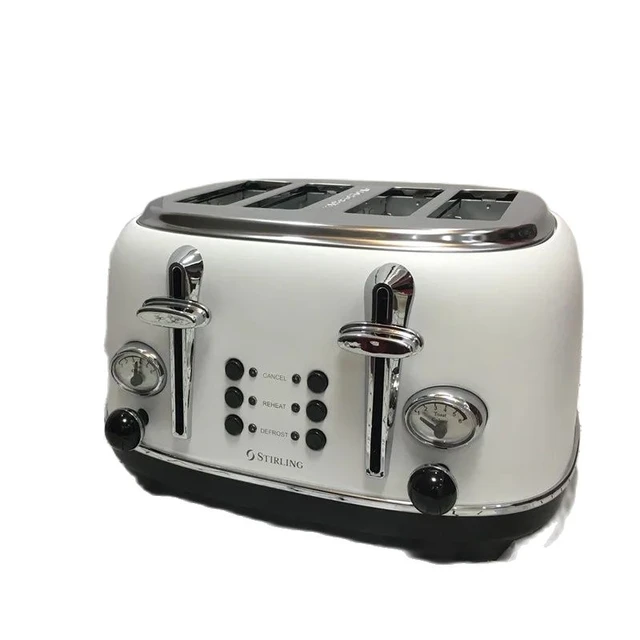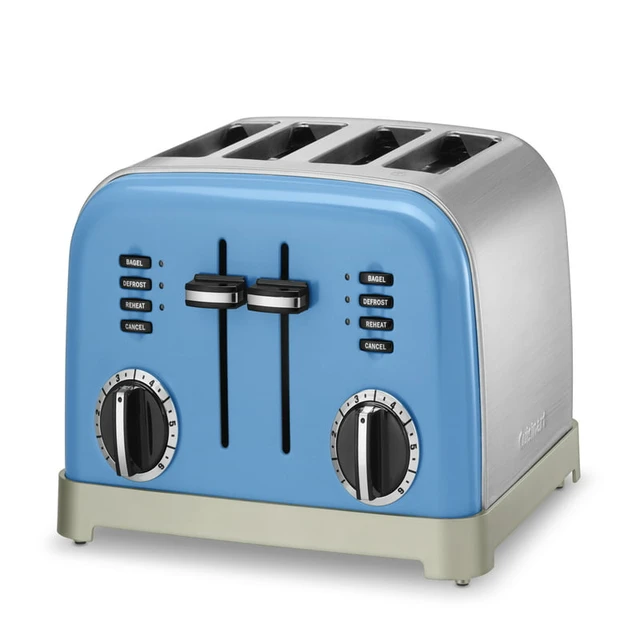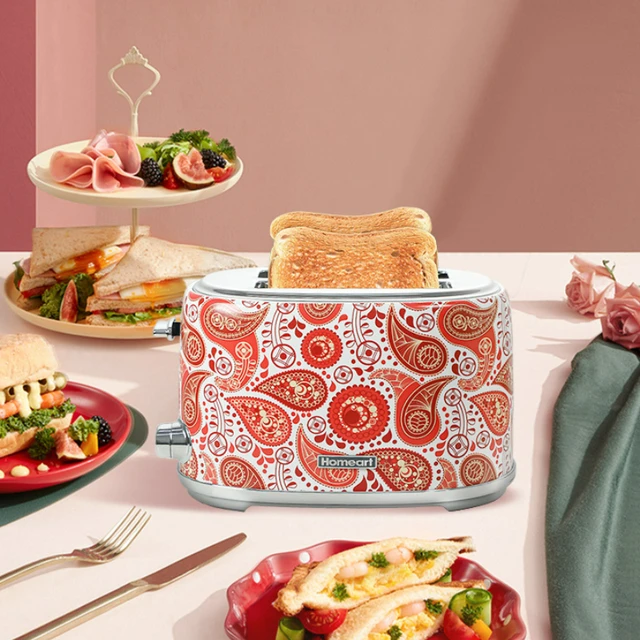Introduction
Toast is a beloved and versatile breakfast staple that can be enjoyed in various ways. When it comes to toasting bread, two common methods are using the stovetop and using a toaster. In this comparison guide, we will explore the pros and cons of each method to help you determine which option is better suited to your preferences and needs. By considering factors such as convenience, control, versatility, and taste, you can make an informed decision about how to achieve your desired toast.

Is it better to toast bread on the stove or toaster?
Toasting on the Stovetop
Pros of Stovetop Toasting
1.1. Flexibility in Heat and Timing
Toasting bread on the stovetop offers greater control over heat and timing. By adjusting the stovetop’s heat source and monitoring the bread closely, you have the flexibility to achieve toast that is perfectly browned to your liking.
1.2. No Equipment Required
One advantage of stovetop toasting is that it doesn’t require a separate appliance like a toaster. Whether you’re at home, camping, or don’t own a toaster, you can easily toast bread using a skillet, pan, or griddle that is readily available in your kitchen.
1.3. Versatility for Grilled Sandwiches
Toasting bread on the stovetop allows for greater versatility, as you can easily transform it into grilled sandwiches. By adding cheese, vegetables, or other fillings, you can create delicious toasted sandwiches that are crispy on the outside and gooey on the inside.

Cons of Stovetop Toasting
2.1. Time and Attention
Toasting bread on the stovetop requires more time and attention compared to using a toaster. Since the heat source is not specifically designed for toasting, you need to watch the bread closely to prevent burning or over-toasting.
2.2. Uneven Toasting
Achieving even toasting on the stovetop can be challenging, as heat distribution may not be as uniform as in a toaster, which can result in uneven browning. You may need to rotate or flip the bread to ensure both sides are toasted evenly.
2.3. Additional Preparation
Toasting on the stovetop often requires some additional preparation, such as buttering or oiling the bread before toasting. While this can enhance the flavor and crispness, it does add another step to the toasting process.
Toasting in a Toaster
Pros of Toasting in a Toaster
3.1. Convenience and Speed
Toasters are specifically designed for toasting bread, providing convenience and speed. With a toaster, you can simply place the bread in the slots, adjust the settings, and let the appliance do the work. Toasters often have settings for different levels of toasting, allowing you to find your preferred degree of browning with ease.
3.2. Uniform Toasting
Toasters offer consistent and uniform toasting, as they are designed to evenly distribute heat across the bread. The slots ensure that both sides of the bread receive equal exposure to heat, resulting in evenly toasted slices each time.
3.3. Safety Features
Modern toasters come equipped with safety features such as automatic shut-off and cool-touch exteriors, making them safer to use and reducing the risk of burns or accidents.

Cons of Toasting in a Toaster
4.1. Limited Control
While toasters provide convenience, they offer limited control over the toasting process. Most toasters have preset settings for light, medium, or dark toast, but individual preferences may vary. This lack of control may result in toast that is either underdone or overdone for some individuals.
4.2. Space Requirement
Toasters can take up valuable counter space, which can be a drawback if you have a small kitchen or limited storage options. If you already have many appliances or limited workspace, adding a toaster may not be ideal.
4.3. Restricted to Sliced Bread
Toasters are primarily designed for sliced bread. If you prefer to toast other types of bread, such as bagels or artisanal loaves, the limited size of the toaster slots may not accommodate them.
Comparing Factors for Decision-Making
Taste and Texture
The taste and texture of toast can differ between stovetop and toaster methods. Stovetop toasting can result in toast that is crispier and has a slightly different flavor due to the use of butter or oil. Toasters, on the other hand, often produce a lighter and more uniformly browned toast. The preferred taste and texture ultimately depend on personal preference.
Convenience and Time
Toasters offer convenience and efficiency, requiring minimal attention and effort. Simply insert the bread and adjust the settings. Stovetop toasting involves more involvement and attention but may be preferable for those who enjoy more control over the toasting process.

Versatility
Stovetop toasting provides greater versatility, as it allows for grilling sandwiches or toasting various bread shapes and sizes. Toaster slots, although accommodating sliced bread easily, may be too narrow for larger or irregularly shaped bread varieties.
Kitchen Space and Appliance Usage
Consider the available space in your kitchen before deciding to add a toaster. If you have limited counter space, using the stovetop may be a more practical option, as it doesn’t require an additional appliance.
Preference for Control
If you prefer to have precise control over the toasting process, stovetop toasting may be preferable. With the ability to adjust heat and closely monitor the toast, you can achieve the precise level of browning you desire. However, if convenience and consistency are more important to you, a toaster is a more suitable option.
Combination Approach
If you’re still unsure which method to choose, you can also consider a combination approach. By using both the stovetop and a toaster, you can enjoy the benefits of both methods. For example, you can use a toaster for convenience and quick toasting when you’re in a hurry or prefer a more consistent result. On the other hand, when you have more time or want more control over the toasting process, you can use the stovetop method to achieve your desired level of browning and flavor.
Personal Preference
Ultimately, the decision between stovetop toasting and using a toaster comes down to personal preference. Some individuals may prioritize convenience and consistency, while others may value the control and versatility provided by the stovetop method. Consider your own preferences and needs when deciding which option will deliver the best toast for you.
Experiment and Adjust
Regardless of the method you choose, it’s important to experiment and adjust the toasting process to achieve your desired results. Factors such as the type of bread, desired level of toastiness, and individual preferences may influence the toasting time and technique. Don’t be afraid to try different settings, timings, and even toppings to create the perfect slice of toast that suits your taste.

Conclusion
In deciding between stovetop toasting and using a toaster, consider factors such as taste, convenience, versatility, control, and kitchen space. If you value convenience, speed, uniformity, and safety features, a toaster may be the better choice. Those who enjoy more control, flexibility, and the ability to create grilled sandwiches may prefer stovetop toasting. Ultimately, personal preference and individual needs will determine which method is better suited to achieve the perfect slice of toast in your morning routine.


